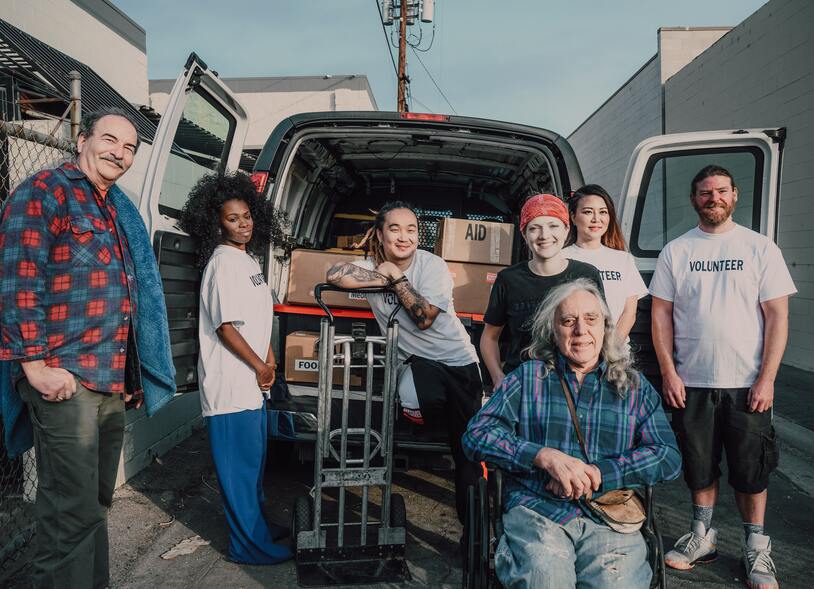What Does it Mean to Close the Loop?
Every NPO aspires to create a donor base that is recurring and sustainable. Nonprofits don’t close the loop well, which is why 75%-80% of donors...

Use no-code tools to quickly build donation page variants, launch A/B tests, and get clear results that help you drive more donor conversions with a single platform.
New to online donation pages for your nonprofit? Start here.
Donation page A/B testing - no science degree needed.
Keep your donation page loading fast - and drive higher conversions.

When we think of online personalized experiences, there are many examples today such as Netflix offering suggested movies based on your viewing habits, or Amazon taking a similar approach with suggested items based on what you are buying.
Now, these are two high-end companies that deal with millions of users and offer everyday wants and needs; the opposite of what you as the nonprofit may be facing. But what keeps their customers coming back isn’t just their selection of choices, but how they personalize the user experience. Each platform (and others like them) come with a “Welcome back” message or some variation of it somewhere on the screen while showing ideas on what to watch or buy. You can set up your profile how you wish so you can see only the content you want and none that you don’t. The messaging is always familiar, so you know what you’re getting.
To put all this into the realm of nonprofits, let’s consider the “blocking and tackling” of knowing your donors.
One of the biggest frustrations many have about nonprofits is that the letters, emails, and general messaging people get – whether they’re new or potential donors – is that they say the same thing. It can be a message that funds are running low with a plea for donations at the end, or that they gave $20 in the past, so why not give that again? When you add in mix-ups like incorrect name spellings or not referring to someone by their correct title, the experience gets even worse.
People give to your organization not just for an ongoing cause, but also because you’re an organization working on a need they believe in. This is especially true if they’ve been a recurring donor for a long time. It’s been said many times and is true for many things that communication is key. Without it, trust falls apart and you begin to lose sight of the goals that lie ahead. When you can’t communicate properly with your donors, how can you expect them to keep coming back, and even recommend you to others?
It should always be noted to remind yourself that we not only have to know who the donors are, but we have to deliver a personalized “ask” at the point of giving. Don’t just ask for another $20. Tell them what they’re gift the last time meant, what it was used for, and why they should give again. Follow this with the ask, but don’t be afraid to ask for a little more. Instead of $20, ask for 30 or $40.
Creating personalized interactions doesn’t necessarily mean Netflix-like algorithms, although there is some value in that concept. For most nonprofits, creating memorable touches such as form fields that store donor data, sending quarterly or yearly personal giving summaries or even creating a donor profile to save a giving record can go a long way in creating interactions that notices and remembers the donor.

Every NPO aspires to create a donor base that is recurring and sustainable. Nonprofits don’t close the loop well, which is why 75%-80% of donors...

Most nonprofits shy away from asking donors to give a second gift just weeks after their first donation. They fear their current donors will get...
 Read More
Read More